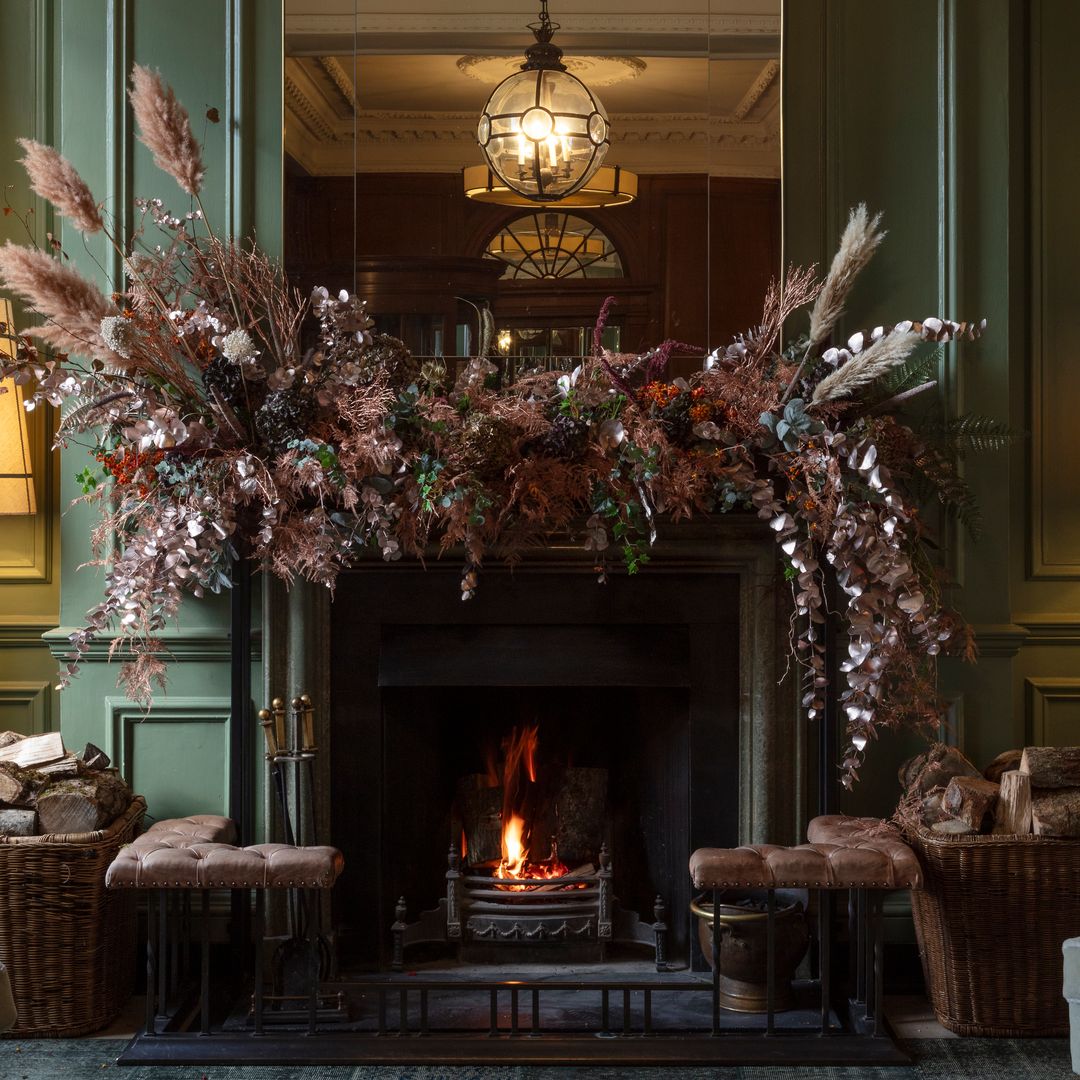The mummies of two important ancient Egyptians are the starting point of this exhibition at the Archaeological Museum in Alicante (MARQ) organised in conjunction with the Louvre and the Museum of Besançon and on display until October 17th.
Seramon and Ankhpakhered belonged to the upper classes of the civilisation that inhabited the banks of the Nile and were buried in accordance with the traditional funeral rites of their time. Now, though, their mummies have been subjected to investigation using the most modern medical and forensic anthropology techniques. They have been processed using technology such as x-rays, scans and axial tomography (CAT scans) and the results have allowed experts to reconstruct the rituals, magic, beliefs and artistic expressions that, according to Egyptian traditions are linked with the soul's transit into the next world and with reincarnation.
The exhibition, entitled The Riddle of the mummy: burial rites in Ancient Egypt, starts with an audiovisual presentation Beneath the bandages, which shows the work carried out on the mummies by French physician, Merigeaud Samuel, a specialist in radiology. The documentaryshows the viewer the secrets of the bodies, their wrappings and the amulets that were buried with them, and a three-dimensional reconstruction suggests the age, weight and height of the deceased. Details are inferred of mummification process, and, for the first time in 3,000 years, the process has revealed the jewels and ritual amulets under the bandages, which were to accompany the deceased on their journey to the afterlife.
The rest of the exhibition hinges on this work, uncovering aspects of the rites and embalming technique, as well as revealing reasons why the Egyptians mummified their dead, what beliefs they held, and what meanings were held by the objects that accompanied them to their graves.
A spectacular archaeological exhibition, The Riddle of the Mummy features over 250 items - mostly sculptures and bas-reliefs - that transport the viewer into the land of the Nile in 1,000 BC. Highlights of the tour include the Ankhmoutnefer sarcophagus lid, an anonymous sarcophagus lid, a statue of Osiris on which Seramon's name is inscribed, and the magnificent Seramon papyrus. Of course the real treasures are the newly-restored sarcophagi of Seramon and Ankhpakhered.
The exhibition's audio-visual content is complemented by other interesting displays, including a montage of the Book of the Dead that explains the three sections into which the tour is divided: Osiris: life, death and resurrection, Ankhpakhered: mummification and Seramon: towards the next world.
The MARQ library lobby houses a display of Egyptian objects from Alicante, demonstrating the presence of Egyptian elements and influence on the east coast of Spain. The objects, discovered in archaeological excavations around the province of Alicante, date from the seventh century BC to the fourth AD and are indications of the strong trade links and cultural relations between the peoples from different sides of the Mediterranean Sea.
Further information:Archaeological Museum of Alicante








